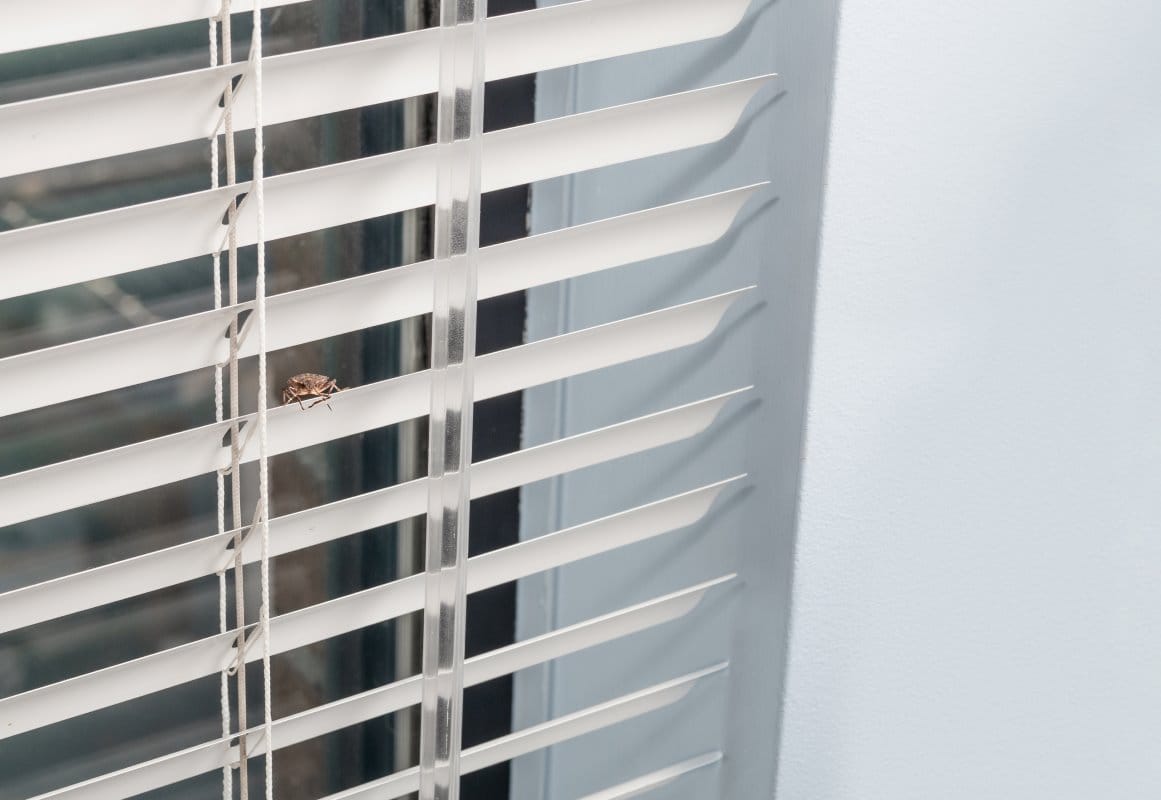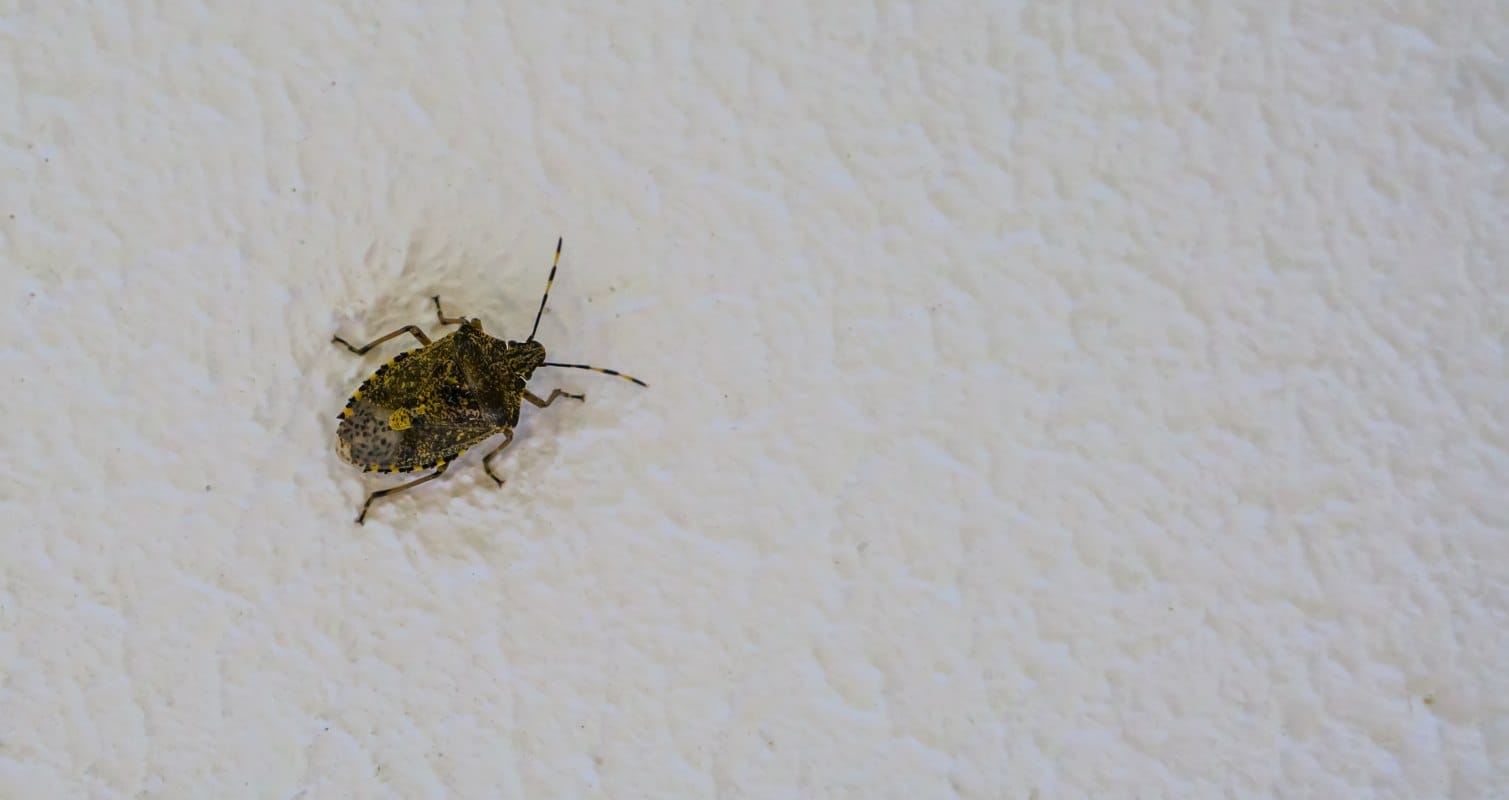What Kills Stink Bugs Instantly?
Stink bugs can be a major annoyance when they invade your home. In this blog, we’ll delve into effective ways to deal with stink bugs and keep them at bay. These unwelcome guests have a knack for emitting a rather unpleasant odor when disturbed, so we’ll also cover some prevention tips.
Stink bugs infiltrate North Carolina living spaces in search of food and shelter, but they’re not playing favorites. According to the EPA, stink bugs are making themselves at home all across the nation, causing a fair share of discomfort and even potential food contamination. To tackle this issue, we need to understand their habits and characteristics to find reliable solutions.
Harnessing the Power of Soap
You can put the kibosh on stink bugs instantly with natural remedies that are safe and eco-friendly. Simply mix a few drops of liquid detergent or dish soap with water in a spray bottle to create a basic, soapy water spray. This concoction disrupts the waxy coating on stink bugs, ultimately leading to their demise.
Consider Vinegar
Another effective natural solution is vinegar, which you can use to repel stink bugs. Mix equal parts vinegar and water in a spray bottle, then apply it directly to the pests. Opting for these natural remedies not only helps you bid adieu to stink bugs but also contributes to a healthier environment.
The Unpleasant Consequences of Stink Bugs
Apart from their off-putting aroma and potential damage to your home, stink bugs can pose health risks. When disturbed or squashed, they release a chemical compound that can irritate and make you feel downright allergic. Moreover, stink bugs are known carriers of pathogens that can contaminate your food, potentially making you sick.
Here’s the silver lining: stink bugs aren’t poisonous to humans or pets, and they don’t bite or wreak havoc on your home’s structure. However, it’s crucial to handle them with care because their defensive liquid can leave your skin feeling rather uncomfortable. The risk of food contamination underscores the need for effective stink bug control solutions.
Ineffectual Approaches to Getting Rid of Stink Bugs
Many folks attempt DIY stink bug remedies and common misconceptions to deal with these pests, but the results aren’t always up to par. Vacuuming, sticky traps, and household insecticides might give you temporary relief, but they won’t solve the root problem. Stink bugs are a resilient bunch, often requiring professional intervention for complete eradication.
Let’s debunk some myths about getting rid of stink bugs. According to All Things Nature, using hair spray or candle wax remover won’t cut it. Unless you’re facing a severe infestation, trapping might not be your best bet. For a more effective approach, turn to proven stink bug killers like insecticidal soap spray or natural alternatives such as neem oil or pyrethrins.

Prevention Is Key
Preventing stink bugs from infiltrating your home is just as important as getting rid of them once they’ve settled in. Start by taking proactive measures to keep these pests at bay. Check for potential entry points in your home and seal them up promptly. Even the tiniest crevices can be an open invitation for stink bugs. Installing screens on your windows and doors will not only keep these critters out but also allow refreshing air to flow in. Consider utilizing tools such as door sweeps, weather stripping, and soffits for additional barriers. By preventing these pests from entering your space, you’ll save both time and money, creating a healthier and more comfortable environment for you and your family.
Introducing Clegg’s Pest Control: Your Ultimate Stink Bug Solution
Clegg’s Pest Control provides tailored solutions to meet your specific needs. Our technicians leverage proven techniques and expertise to swiftly and effectively eliminate stink bugs from your home. With a solid reputation in the industry, Clegg’s Pest Control is renowned for our expertise and commitment to a job well done. Our in-depth knowledge of stink bug behavior and biology enables us to devise effective eradication strategies. By using targeted insecticides, exclusion methods, and innovative approaches, we ensure that the problem is permanently resolved. With Clegg’s Pest Control, homeowners can relax and enjoy pest-free living spaces, all backed by exceptional service.

Why Choose Clegg’s Pest Control?
With over 50 years of experience in pest management services, We at Clegg’s Pest Control know how to deliver the best results for our customers. We stand by our services and offer competitive pricing options. If you’re not satisfied with the results, rest assured that Clegg’s Pest Control will work with you until you are.
The technicians at Clegg’s Pest Control boast years of experience and undergo rigorous training to efficiently handle pest infestations. We also prioritize eco-friendly pest control methods. To prevent pests, Clegg’s Pest Control takes a proactive approach, blending chemical treatments with natural remedies. We offer reliable, effective, and trustworthy pest control services, responding promptly and providing personalized attention.
Bid Farewell to Stink Bugs with Clegg’s Pest Control
Dealing with stink bugs can be quite the headache, but fear not, as effective solutions are within reach. Natural remedies like soapy water sprays and vinegar concoctions offer safe and environmentally friendly options. Commercial insecticides tailored for stink bugs can also provide rapid and potent results. However, if the problem persists, don’t hesitate to seek professional assistance from Clegg’s Pest Control.
With our knowledge and experience, We can provide a comprehensive solution to ensure a stink bug-free environment. Contact Clegg’s Pest Control today for immediate relief and a personalized treatment plan tailored to your needs. Bid farewell to stink bugs and savor a pest-free home with proven expertise and techniques.

